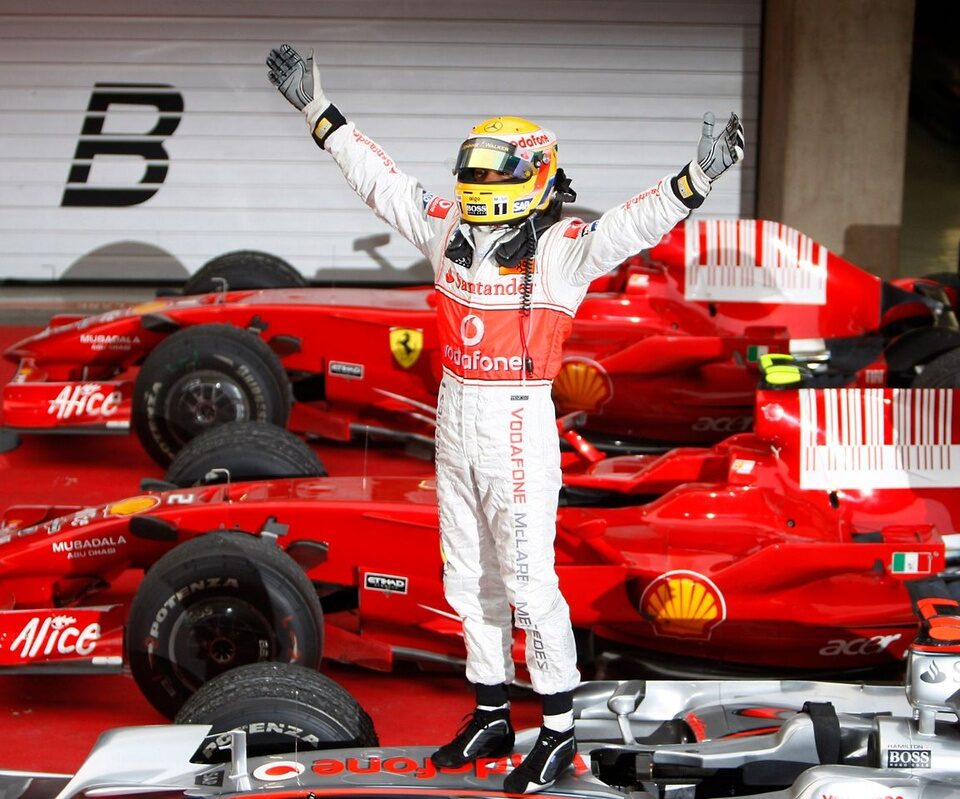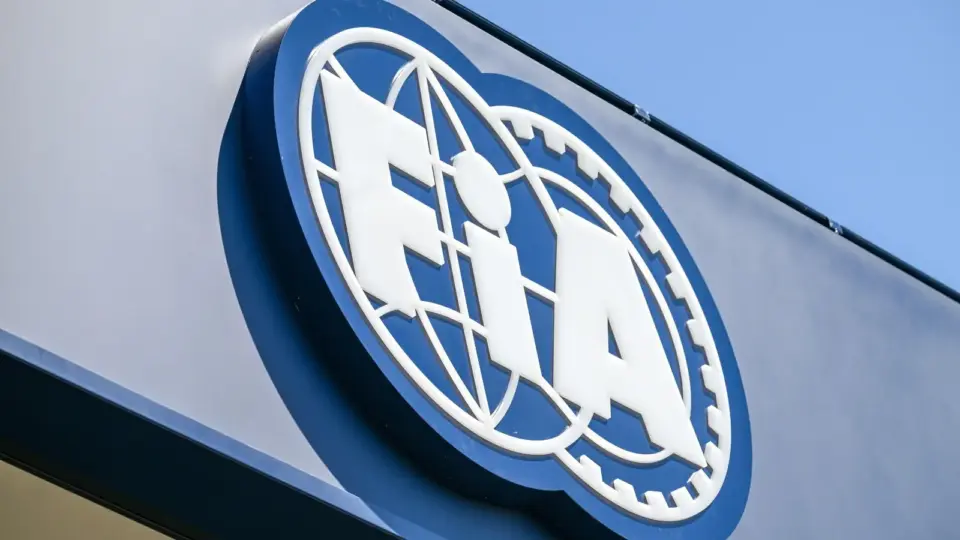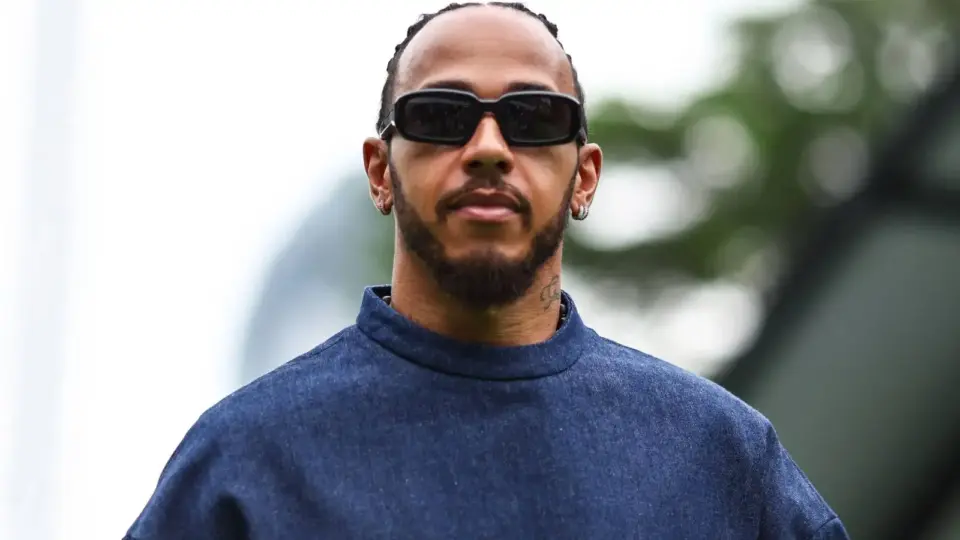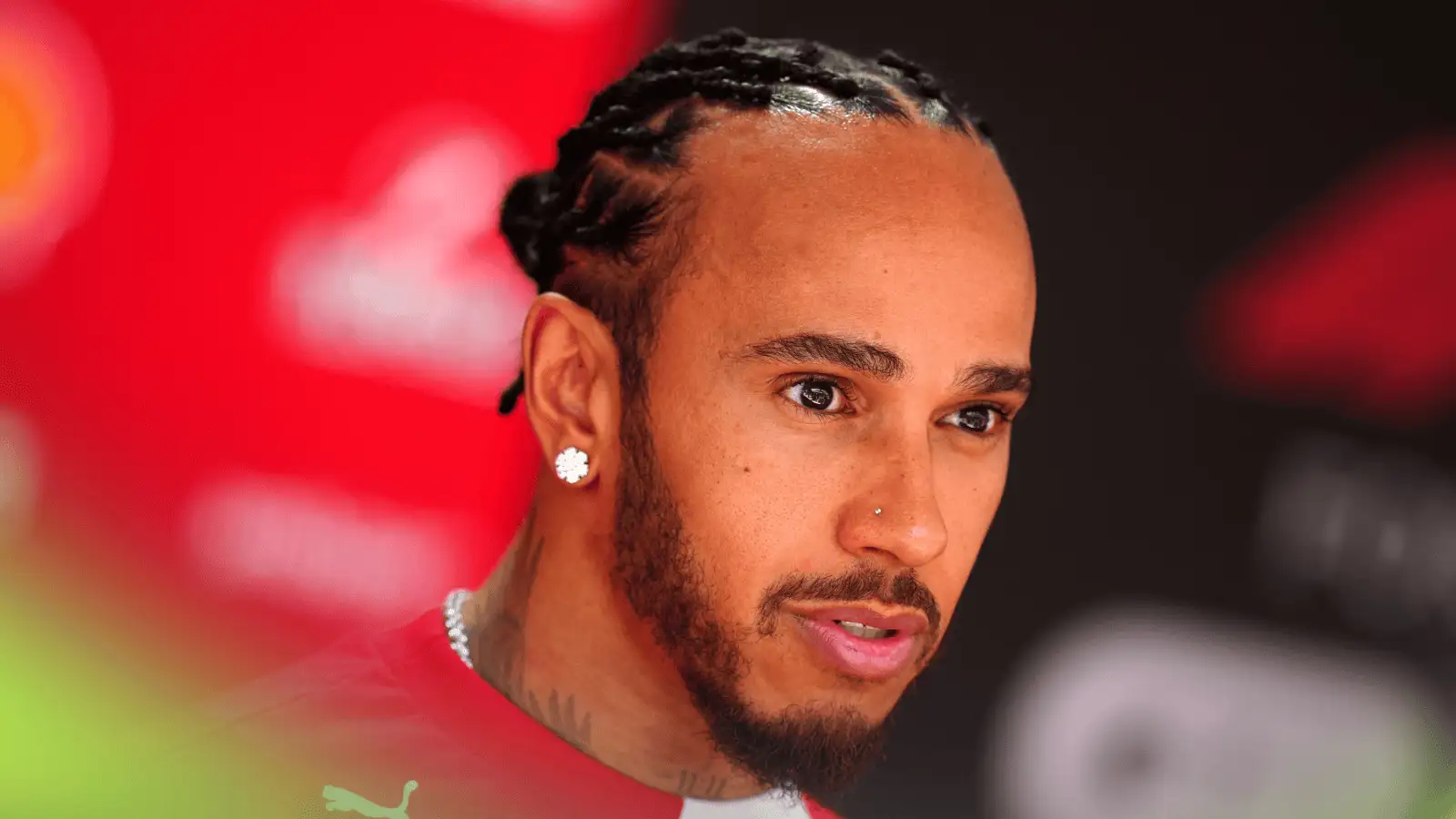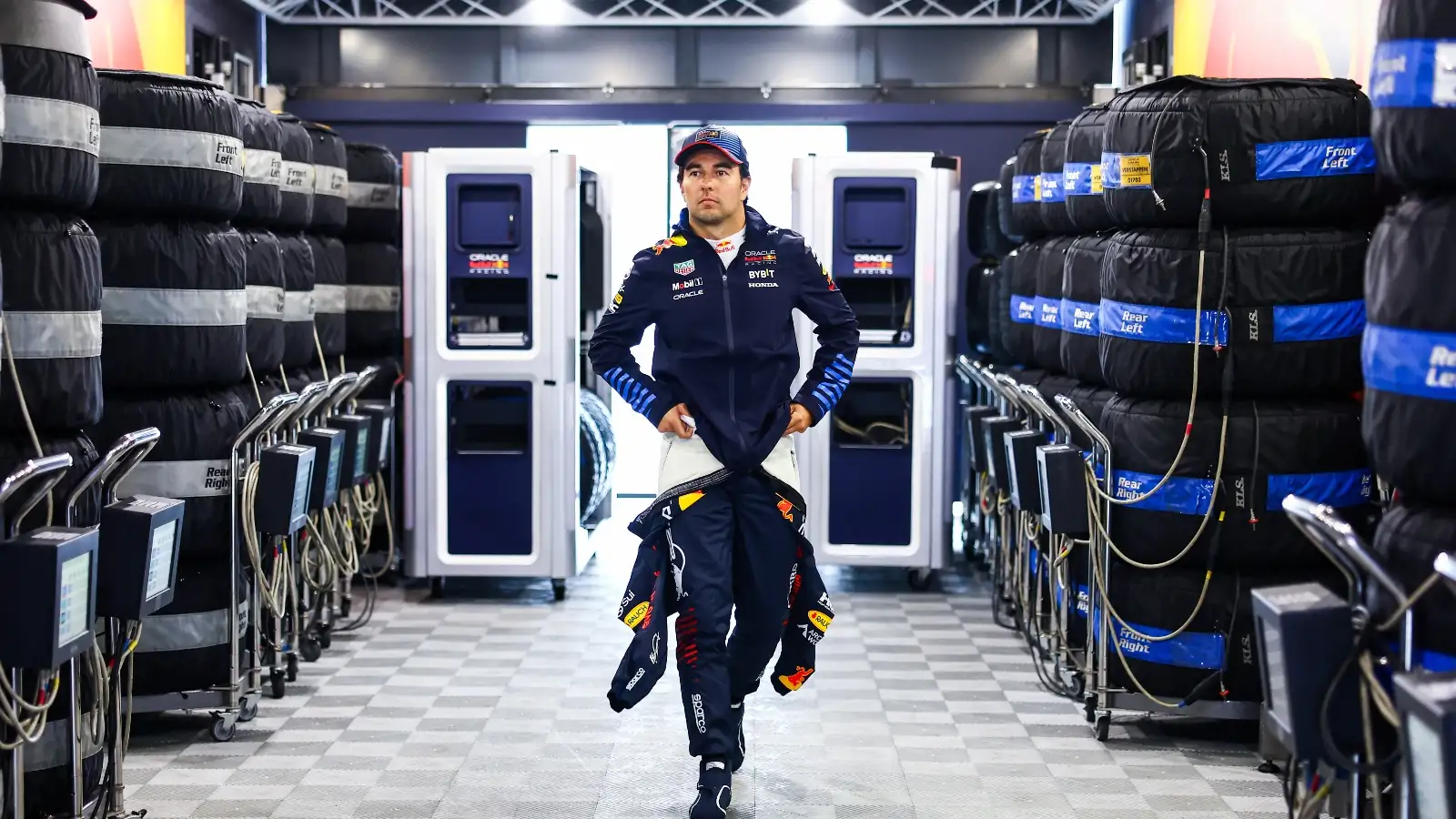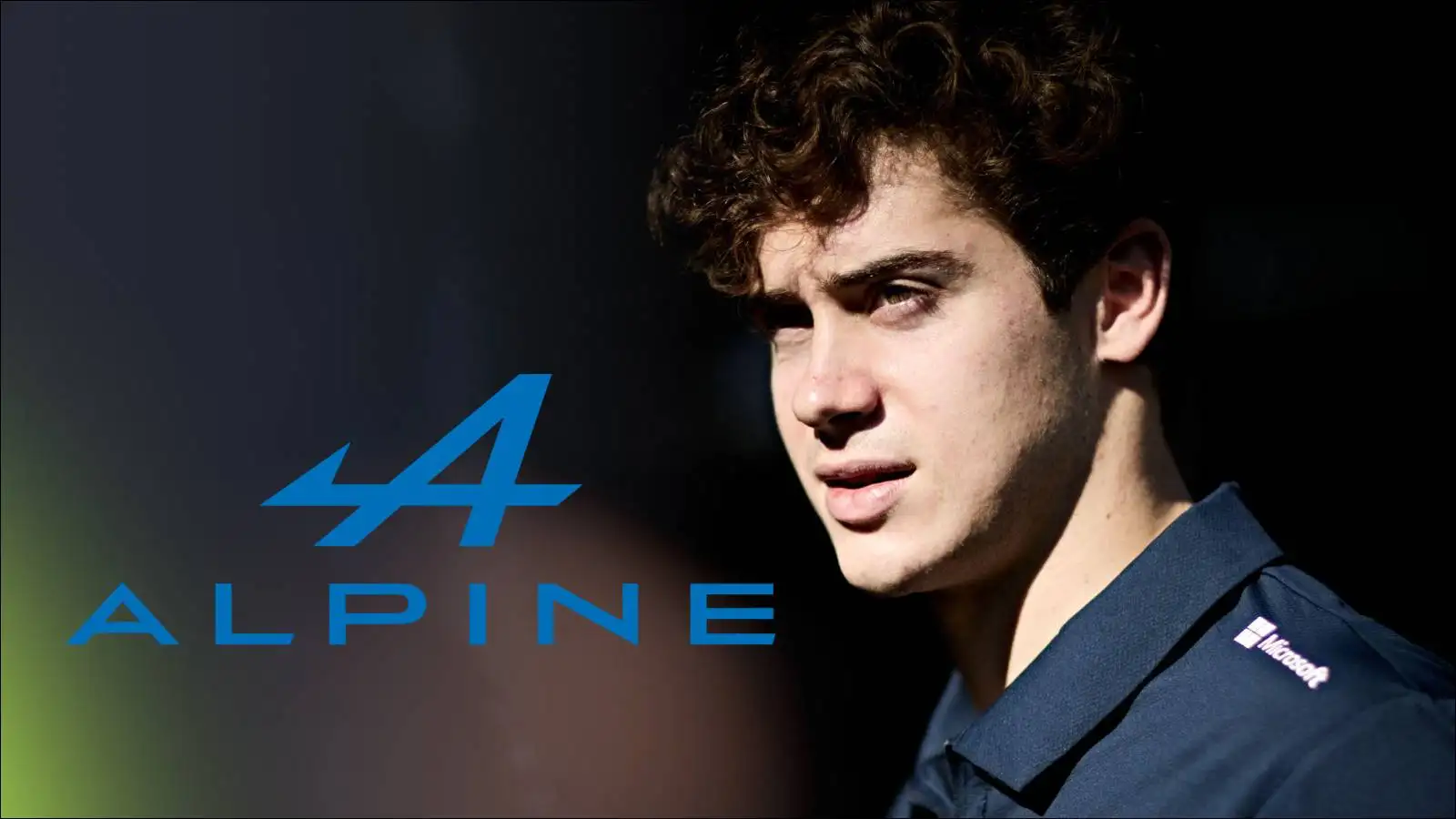In the high-octane world of Formula 1, fans seldom get glimpses of the humorous and light-hearted side of their favorite drivers. But in 2008, an amusing video surfaced, showing F1 drivers lip-syncing to My Chemical Romance’s iconic “Welcome to the Black Parade.”
This piece of nostalgia quickly became a hit, not just for its playful content, but for capturing the essence of the era when emo culture intertwined with mainstream sports. The unexpected collaboration of fast cars and punk rock resonated with fans, offering a delightful and unexpected blend of interests.
The Golden Year: 2008 in Formula 1
2008 marked an iconic year in Formula 1 history. It was the year Lewis Hamilton captured his first world championship. As Red Bull prepared for future dominance, the sport was in a state of exciting transition. This was also the time when many were embracing the emo culture, providing a quirky backdrop to that notable season.
This newfound cultural fusion was palpable everywhere. On TV screens, Formula 1 aimed to infuse a slice of popular culture into the high-speed world. This unique attempt was embodied in the infamous lip-sync video starring some of the sport’s big names participating in the emo-themed sensation.
ITV’s Farewell to Formula 1
The video was more than just a comedic showcase; it was a significant farewell gesture. ITV, the UK network that had broadcasted Formula 1 since 1997, decided to bid adieu in style with this production. The network was pivotal in enhancing how fans consumed F1, introducing more interviews and sophisticated coverage methods.
Despite their contributions, ITV faced criticisms for frequent commercials disrupting key race moments. The lip-sync video reflected ITV’s nostalgia, humorously acknowledging their own commercial interruptions, leaving fans with lasting memories as they transitioned to new broadcasters.
Unlikely Stars of the Show
Some Formula 1 figures took to the video with gusto, transforming into unexpected stars. David Coulthard and future champions like Jenson Button and Sebastian Vettel embodied the emo spirit, air-guitaring and dancing with enthusiasm.
The presence of Martin Brundle, Ted Kravitz, and others added to the video’s charm. Their participation alongside drivers blurred the lines between professional reporting and fun, giving fans a unique glimpse into their lighter sides.
Yet, the video was not just about the drivers. Other familiar faces included commentators who had become fan favorites. Their inclusion tied together a decade of racing memories, capped with self-deprecating humor about ITV’s history of commercial interruptions.
A Nod to Memorable Racing Moments
Beyond the light-hearted performance, the video showcased memorable racing moments from the 2000s. From high-speed overtakes to championship-clinching races, the clips formed a highlight reel celebrating the past decade.
Footage of David and Victoria Beckham even made a surprise cameo, adding celebrity glitz to the racing world. The cumulative effect was a loving tribute to Formula 1’s glamour and competitive spirit.
The video ended with a prediction that played out spectacularly. When Lewis Hamilton clinched his first title, commentators foresaw that it was just the beginning. This prophetic note resonated with fans, marking the video as a piece of retrospection and hopeful foresight.
Blast from the Past: Cultural Context
Considering the cultural backdrop of the late 2000s, the emo trend was surprisingly influential. It resonated deeply with the youth, characterized by its unique fashion and musical elements. F1’s lip-sync video capitalized on this.
Such videos were precursors to the lip-sync culture popularized by platforms like TikTok. In 2008, this was groundbreaking, setting the stage for the way sports personalities engage with fans today.
F1 embraced this trend, marrying a world of adrenaline-fueled action with the raw emotion of punk rock. This helped humanize the drivers, bringing them closer to fans in unanticipated ways.
Legacy of the Lip Sync Video
The 2008 video remains a beloved memory for many fans. It’s a testament to how blending distinct worlds, like motorsports and music, can result in timeless entertainment.
It also reflects a period when social media was burgeoning, paving the way for modern celebrity interactions. Back then, such creativity was rare, making it a treasured relic of F1’s past.
As Formula 1 continuously evolves, these moments remind fans and participants alike of the sport’s diverse and unpredictable nature, capturing the essence of drivers and their off-track personalities.
The Video’s Enduring Impact
Beyond entertainment, the 2008 video offered a glimpse of the drivers’ personalities. In a sport where focus and seriousness are paramount, showing their playful side was refreshing.
This interaction can serve as a model for future promotional efforts. Balancing professionalism with levity can enhance fans’ connections with their favorite athletes.
Ultimately, it demonstrated a new promotional avenue, where drivers could be depicted beyond their racing personas, offering a fuller representation of their characters.
The 2008 F1 lip-sync video remains a fan favorite, encapsulating a unique moment when racing met emo culture. It’s a cherished reminder of the drivers’ lighter sides and how they connect with fans outside the racetrack.
